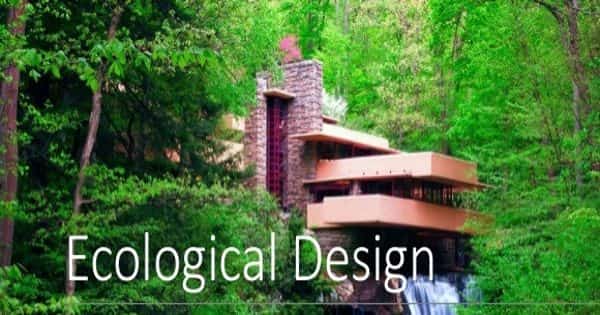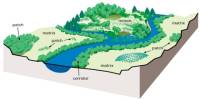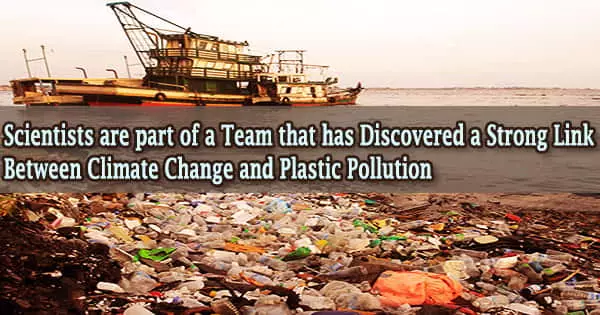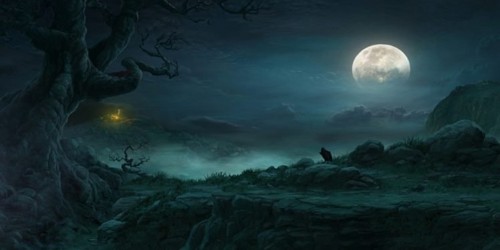Ecological design can be defined as any form of design that minimizes the environmentally destructive impacts by integrating itself with living processes, nature’s own flows, cycles, and patterns. It is an approach to designing products with special consideration for the environmental impacts of the product during its whole lifecycle. It is described as a new way of seeing and thinking about design. It is a multifaceted field embracing green architecture, sustainable agriculture, ecological engineering, ecological restoration, and regenerative development which can sustain the pattern of ecological interdependencies and nurture the conditions for all living systems to thrive. It was defined by Sim Van der Ryn and Stuart Cowan as “any form of design that minimizes environmentally destructive impacts by integrating itself with living processes.”
“Ecological Design is an approach to designing products with special consideration for the environmental impacts of the product during its whole lifecycle.”
Ecological design is an integrative ecologically responsible design discipline. The design is an ecological prototype of the green city of the future, working to achieve a symbiosis between humans and nature. Ecological design can also be posited as the process within the design and development of integrating environmental consideration into product design and development with the aim of reducing the environmental impacts of products through their life cycle. Examples are presented of the recent application of the principles of eco-design to the planning and management of human communities, industrial parks and networks, architectural practice, and products.

Practices of eco-design
It helps connect scattered efforts in green architecture, sustainable agriculture, ecological engineering, ecological restoration, and other fields. The “eco” prefix was used to ninety sciences including eco-city, eco-management, eco-technique, eco-tecture. An eco-design approach involves the organization that extracts materials as well as manufacturing. All the people and structures involved along the rest of a product’s lifecycle, such as retailers or consumers, are also included. It was first used by John Button in 1998. The inchoate developing nature of the ecological design was referred to as the “adding in “of environmental factor to the design process, but later it was focused on the details of eco-design practice such as product system or individual product or industry as a whole.
The principles and practices of eco-design have much to contribute to the urgent need to make rapid and tangible progress towards a sustainable human economy. By including life cycle models through energy and materials flow, the ecological design was related to the new interdisciplinary subject of industrial ecology. It is a large concept because it calls for an integration of the way we meet human needs — for shelter, food, education, community, clean air & water, transport, energy, and meaningful life — into the opportunities and limits set by local and regional ecosystems as well as the biosphere as a whole.
















